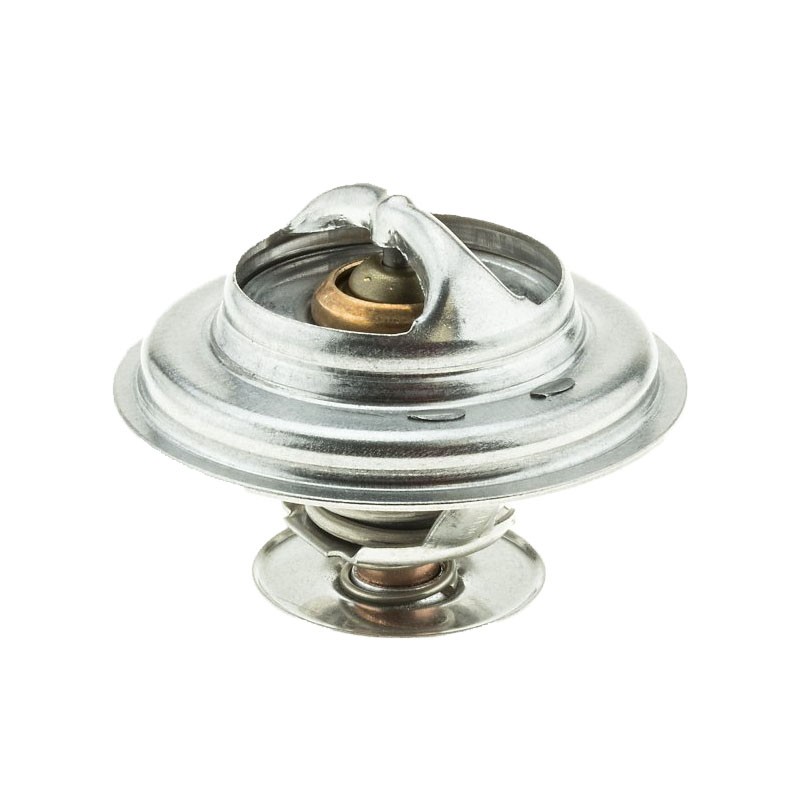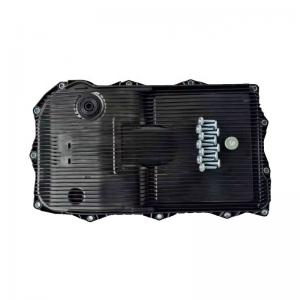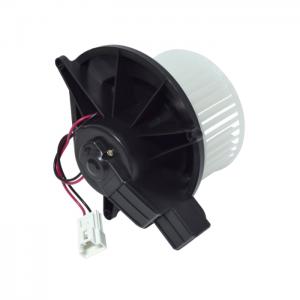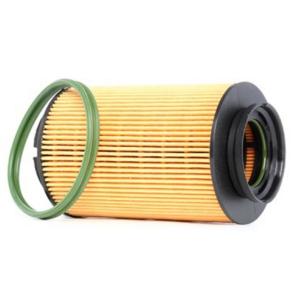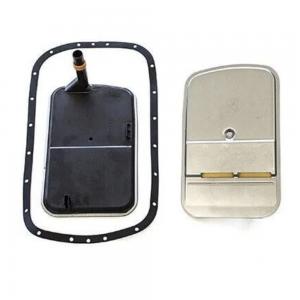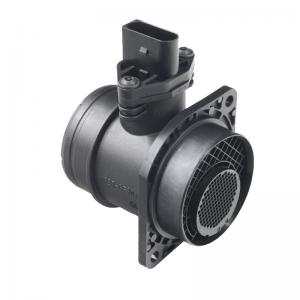Thermostat
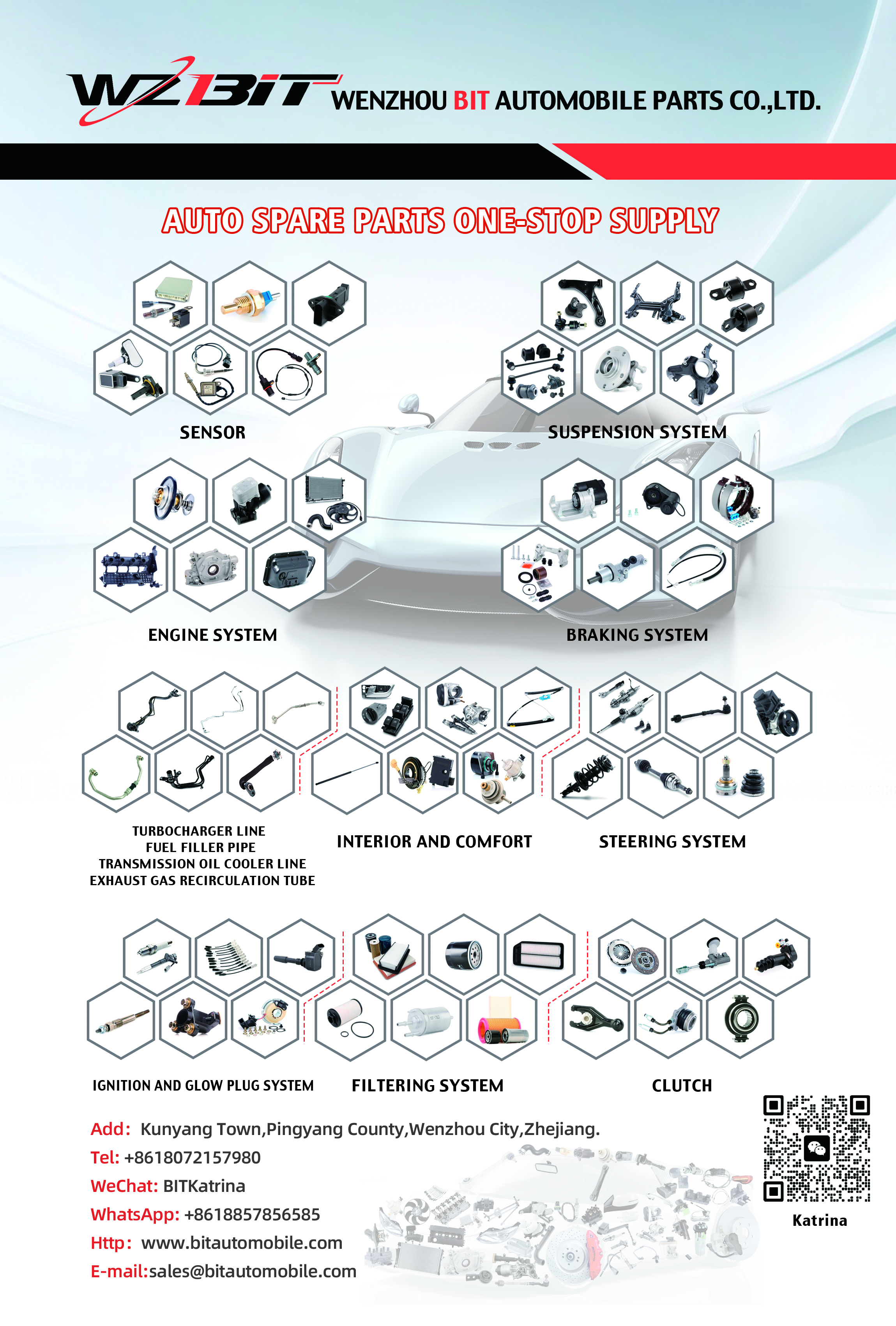
The primary function of the thermostat is to regulate the flow of coolant through the engine and radiator based on the coolant temperature.
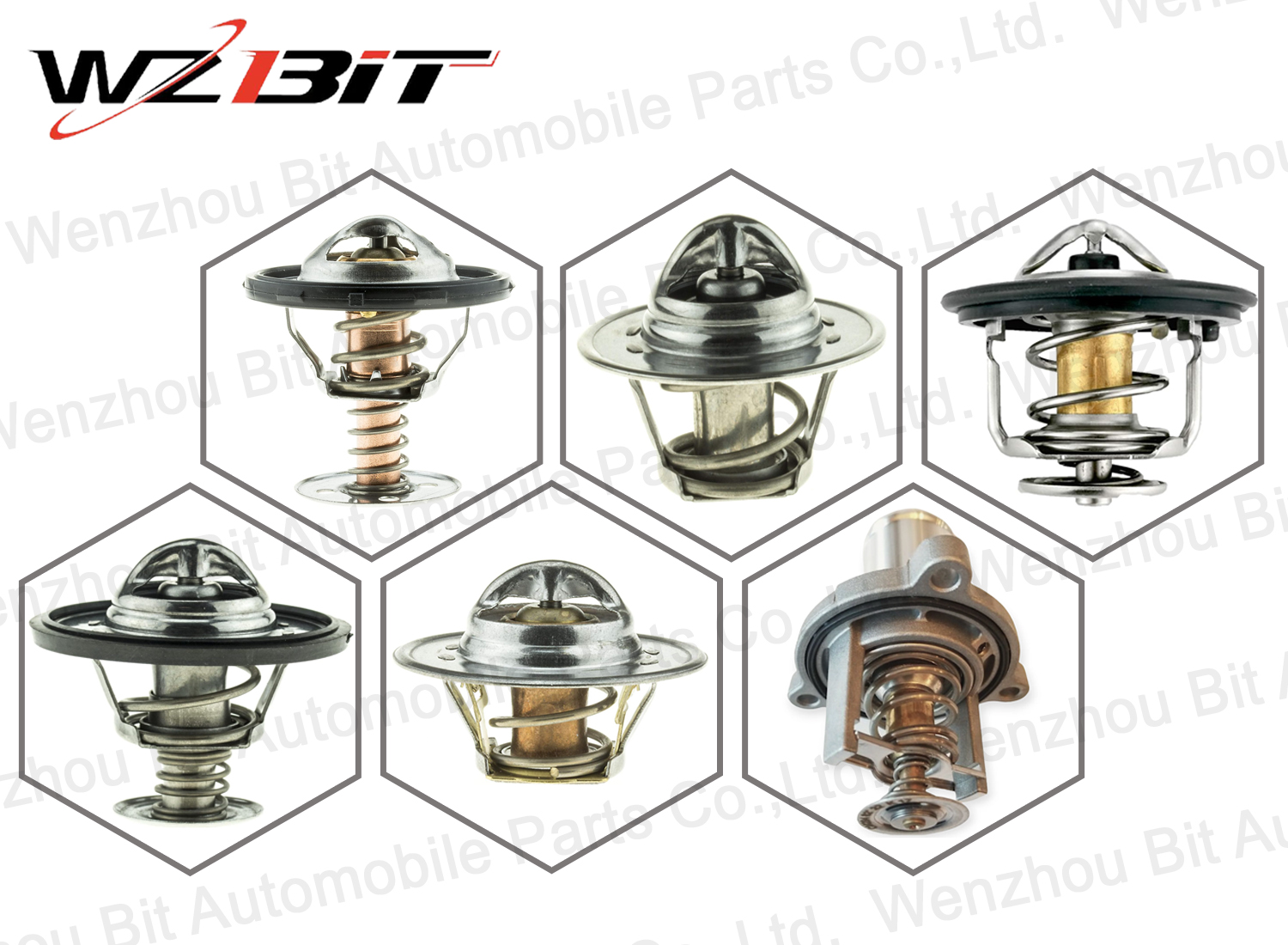
OE Number
| 76121113 | 075121113A |
| EBC3621 | 077121113B |
| AJ81328 | 078121113C |
| AJ82600 | 078121113F |
| AJ86484 | 078121113D |
Compatible Applications
| AUDIA4 (8D2, B5) (1994/11 - 2001/09) |
| AUDIA8 (4D2, 4D8) (1994/03 - 2002/12) |
| AUDIA6 (4B2, C5) (1997/01 - 2005/01) |
| AUDIA6 Avant (4B5, C5) (1997/11 - 2005/01) |
| AUDIA4 Avant (8D5, B5) (1994/11 - 2001/09) |
| AUDIA4 (8E2, B6) (2000/11 - 2004/12) |
| AUDIA4 Avant (8E5, B6) (2001/04 - 2004/12) |
|
AUDIA4 Convertible (8H7, B6, 8HE, B7) (2002/04 - 2009/03) |
|
AUDIA8 (4E_) (2002/10 - 2010/07) |
|
SKODASUPERB (3U4) (2001/12 - 2008/03) |
|
VWPASSAT (3B2) (1996/08 - 2001/12) |
|
VWPASSAT Variant (3B5) (1997/05 - 2001/12) |
|
VWPASSAT (3B3) (2000/11 - 2005/05) |
|
VWPASSAT Variant (3B6) (2000/10 - 2005/08) |
|
VWPHAETON (3D_) (2002/04 - /) |
| VWTOUAREG (7LA, 7L6, 7L7) (2002/10 - 2010/05) |
Construction
A thermostat typically consists of:
- Temperature-Sensitive Element: Usually a wax pellet or liquid-filled element that expands or contracts with temperature changes. When the temperature rises, the expansion forces the valve to open.
- Valve: Controls the flow of coolant. It stays closed when the coolant is cold and opens as the temperature increases.
- Housing: Encases the thermostat and connects it to the engine and radiator. It is usually made of metal or high-strength plastic.
Operation
1. Cold Start: When the engine starts and the coolant temperature is low, the thermostat remains closed, causing the coolant to circulate only within the engine block and heater core.
2. Warm-Up: As the engine warms up, the coolant temperature increases. When it reaches the thermostat's set temperature (typically between 180-195°F or 82-90°C), the thermostat begins to open.
3. Cooling Cycle: With the thermostat open, coolant flows through the radiator, where it is cooled by the passing air before returning to the engine to absorb more heat.
4. Temperature Regulation: The thermostat continuously adjusts its opening to regulate the engine's temperature, maintaining it within the optimal range.
Importance
- Temperature Control: The thermostat ensures that the engine reaches its optimal operating temperature quickly and maintains it, which is crucial for efficient combustion and fuel economy.
- Engine Protection: Prevents overheating by allowing coolant to flow through the radiator when needed and prevents overcooling by restricting coolant flow when the engine is cold.
- Performance Optimization: Helps maintain consistent engine performance by regulating temperature, ensuring the engine operates within its designed temperature range.
Maintenance
Thermostats generally require minimal maintenance but should be checked during regular cooling system inspections. Signs of a faulty thermostat include:
- Overheating: The engine runs too hot, which could indicate that the thermostat is stuck closed.
- Underheating: The engine runs too cool, which could indicate that the thermostat is stuck open.
- Temperature Fluctuations: Inconsistent engine temperature, indicating that the thermostat is not opening or closing properly.
Replacement
If the thermostat is found to be faulty, it should be replaced to prevent engine damage. The replacement process involves:
1. Cooling the Engine: Ensure the engine and coolant are completely cool.
2. Draining Coolant: Drain some coolant from the radiator to lower the level below the thermostat housing.
3. Removing the Old Thermostat: Locate and remove the thermostat housing, then take out the old thermostat.
4. Installing the New Thermostat: Place the new thermostat in the correct orientation, install a new gasket or seal, and reattach the housing.
5. Refilling Coolant: Refill the coolant, start the engine, and check for leaks while monitoring the engine temperature to ensure proper operation.
In summary, the thermostat is vital for regulating engine temperature, ensuring efficient operation, and protecting against overheating and overcooling. Regular inspection and timely replacement of a faulty thermostat are essential for maintaining engine performance and longevity.
Send your message to us:


